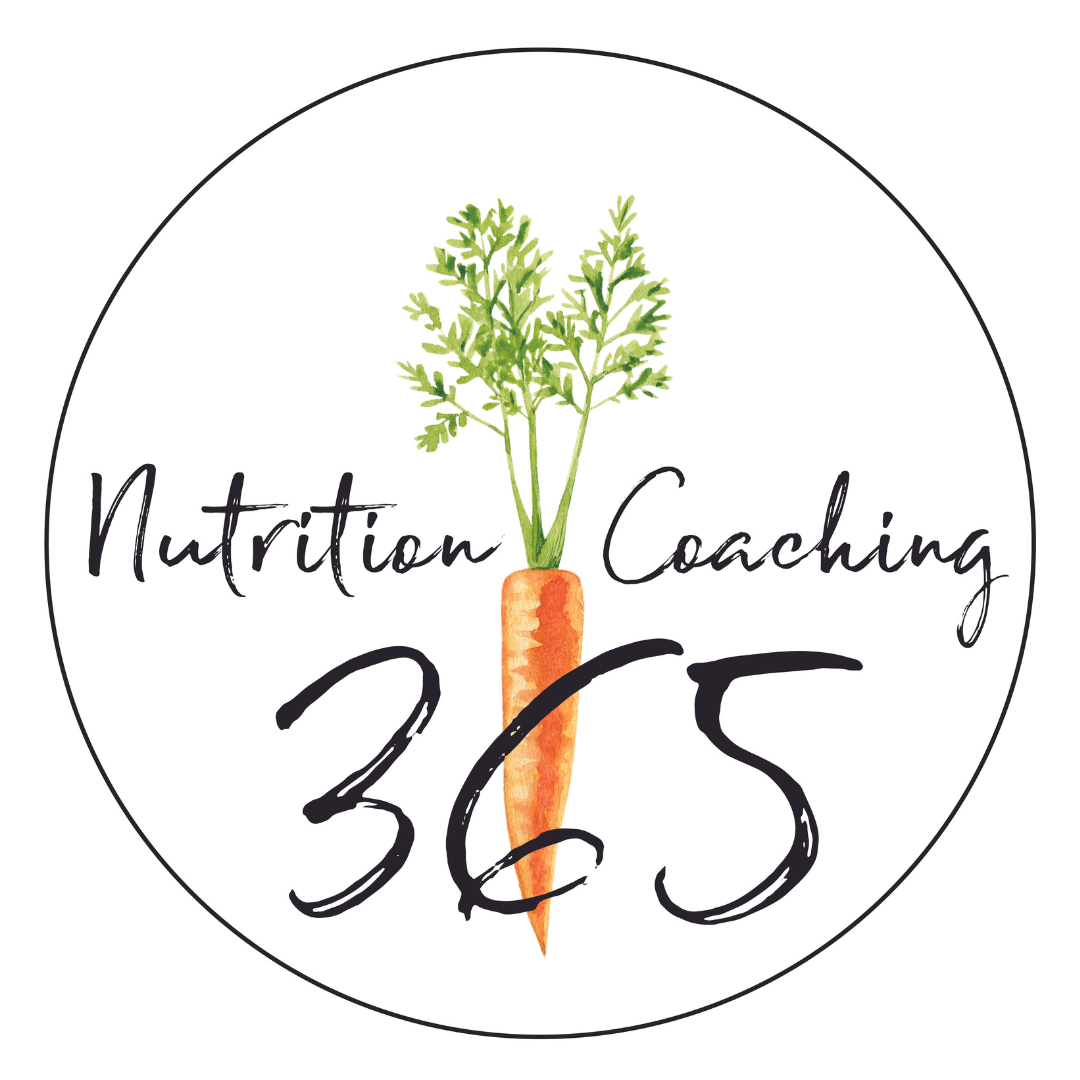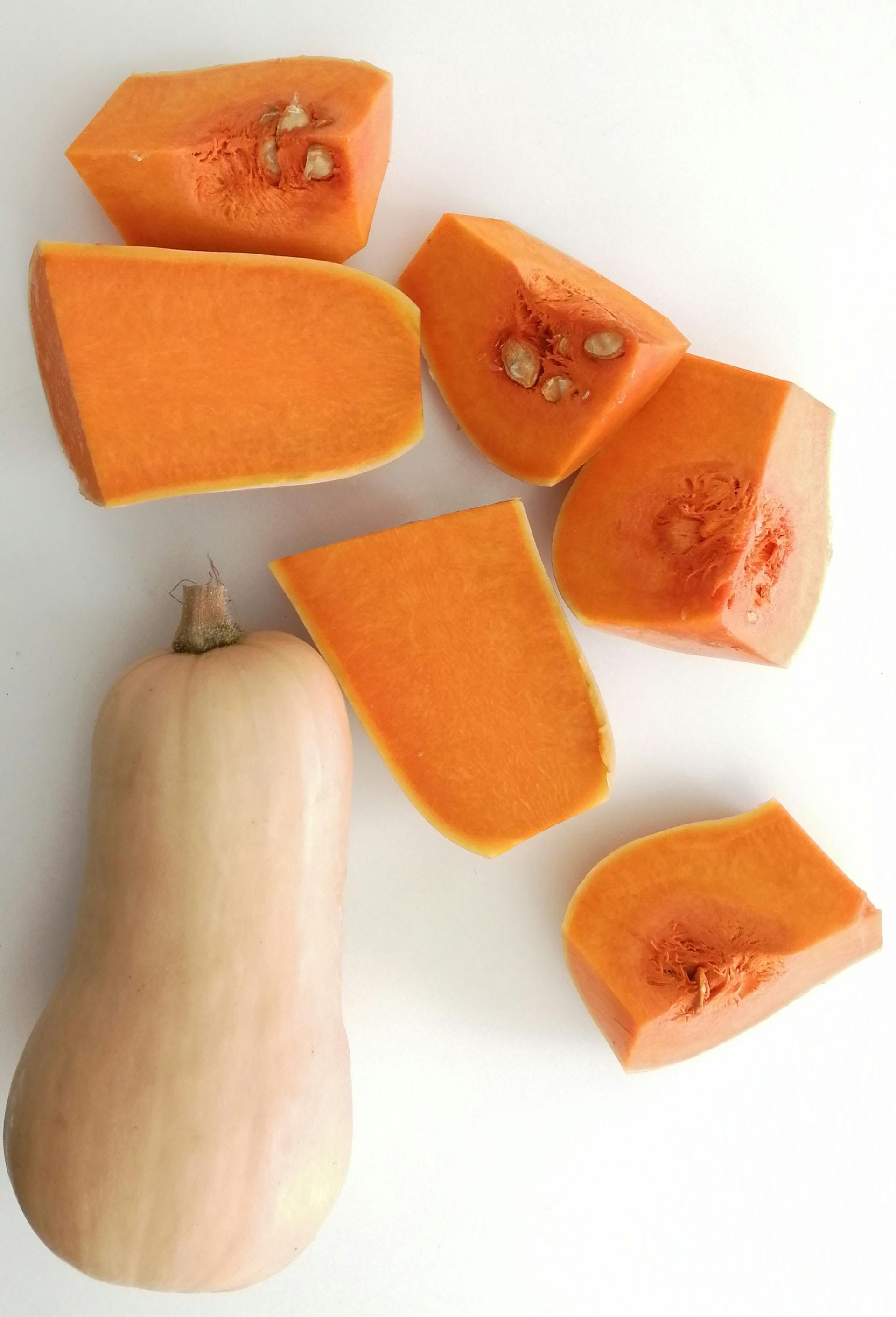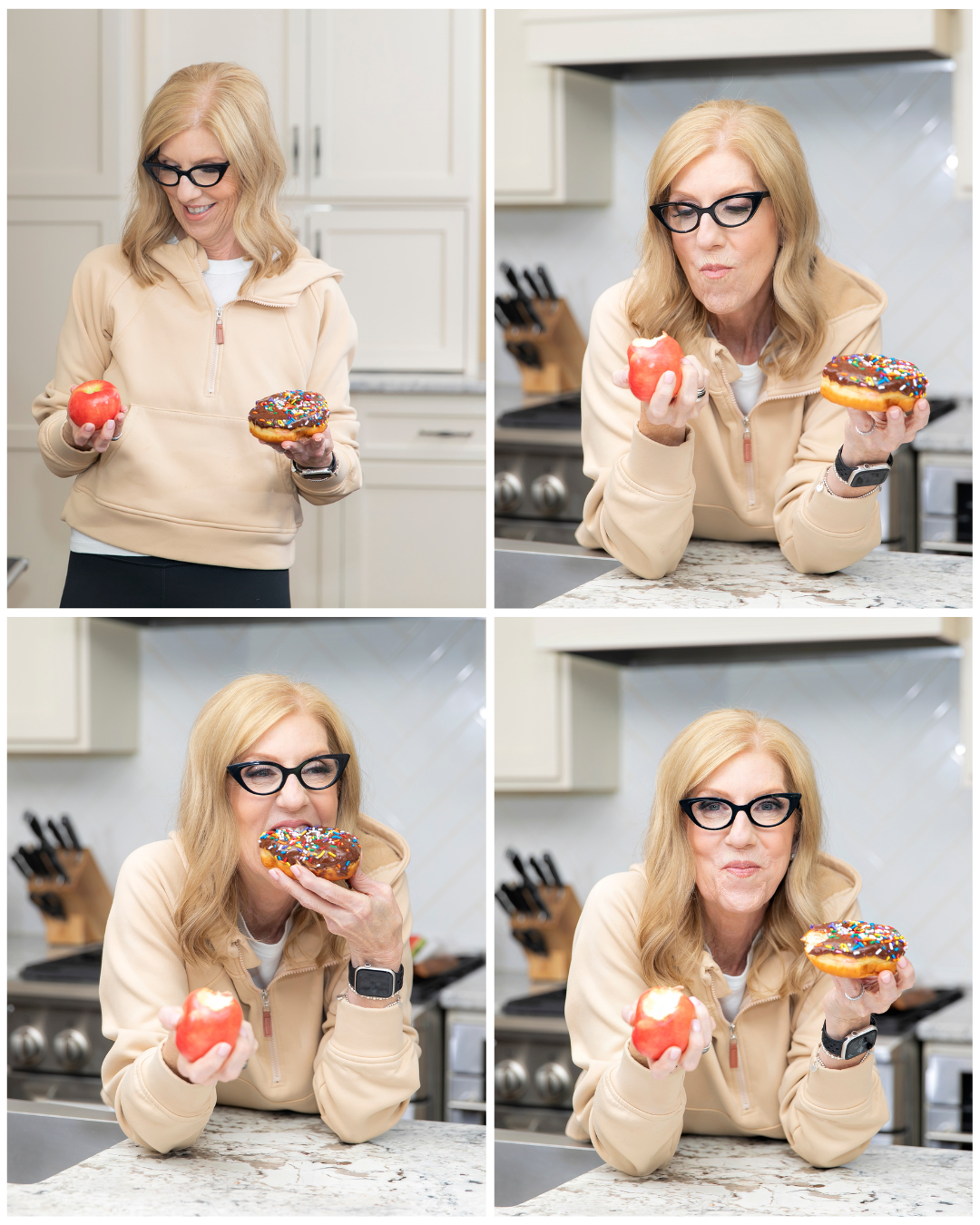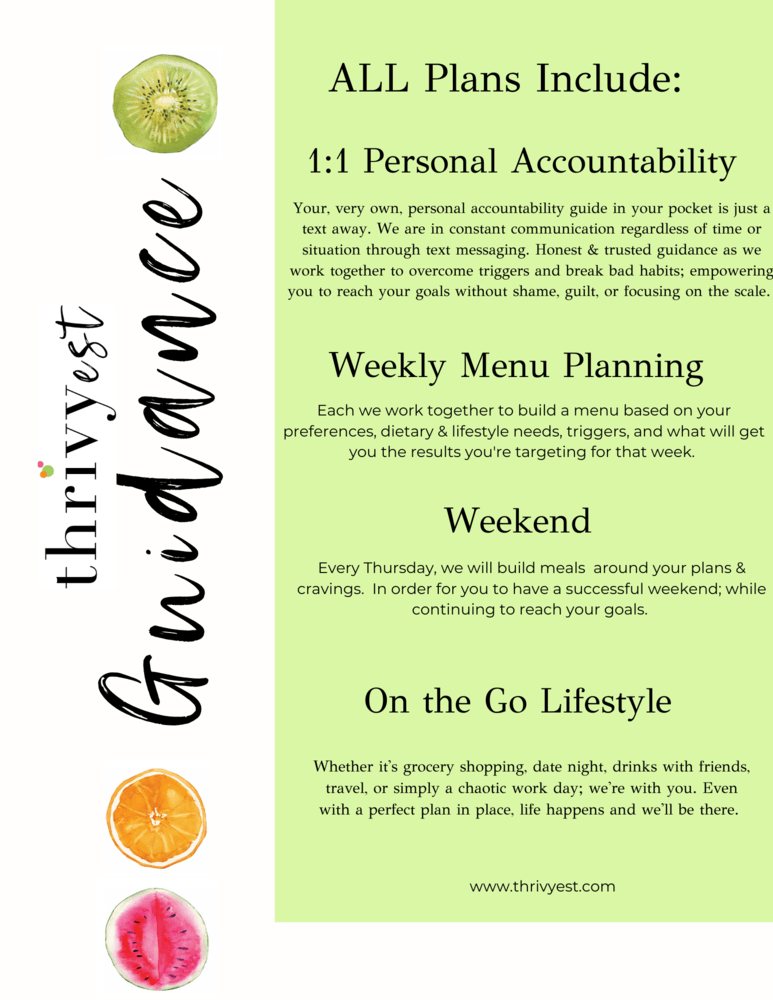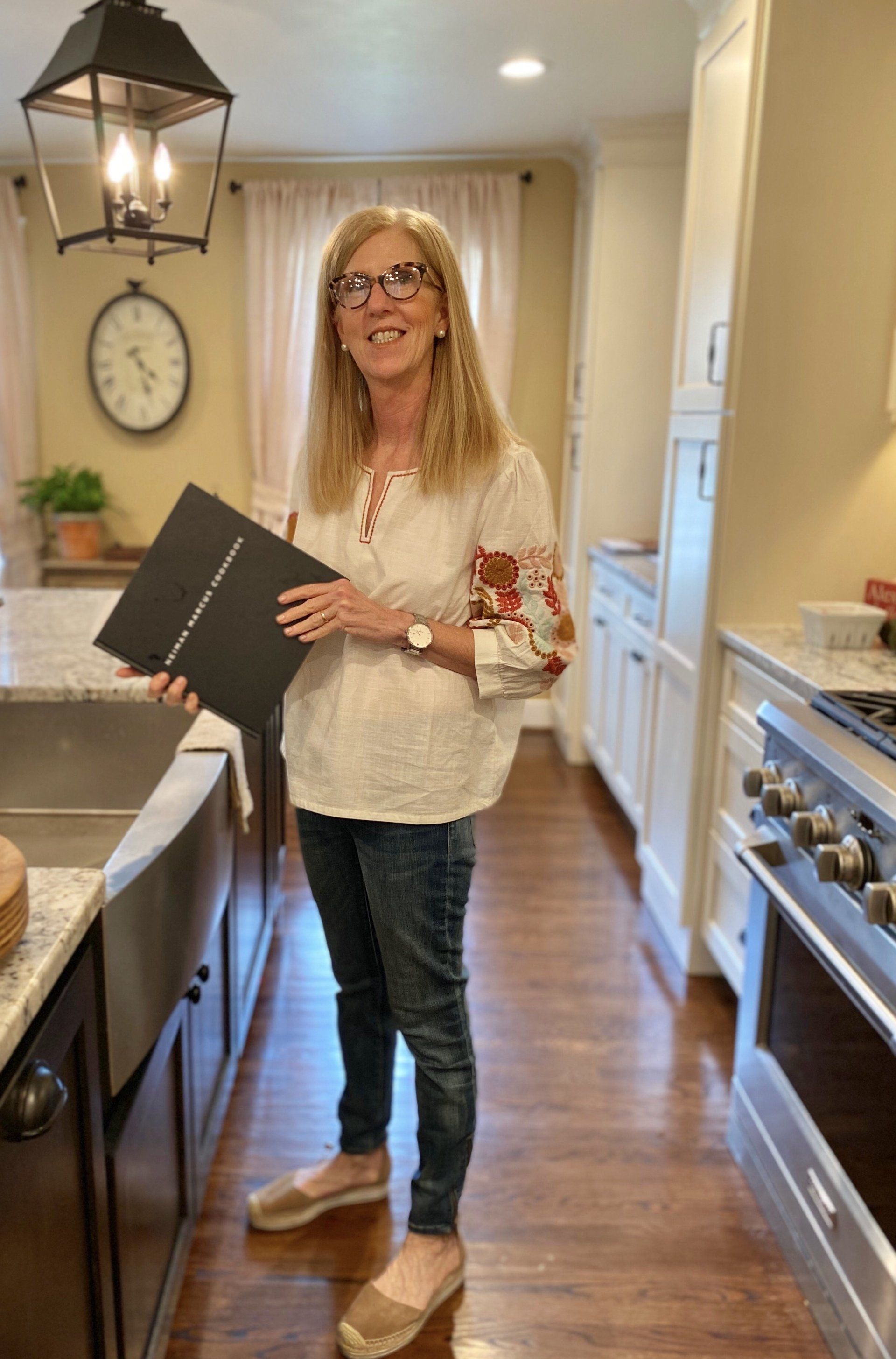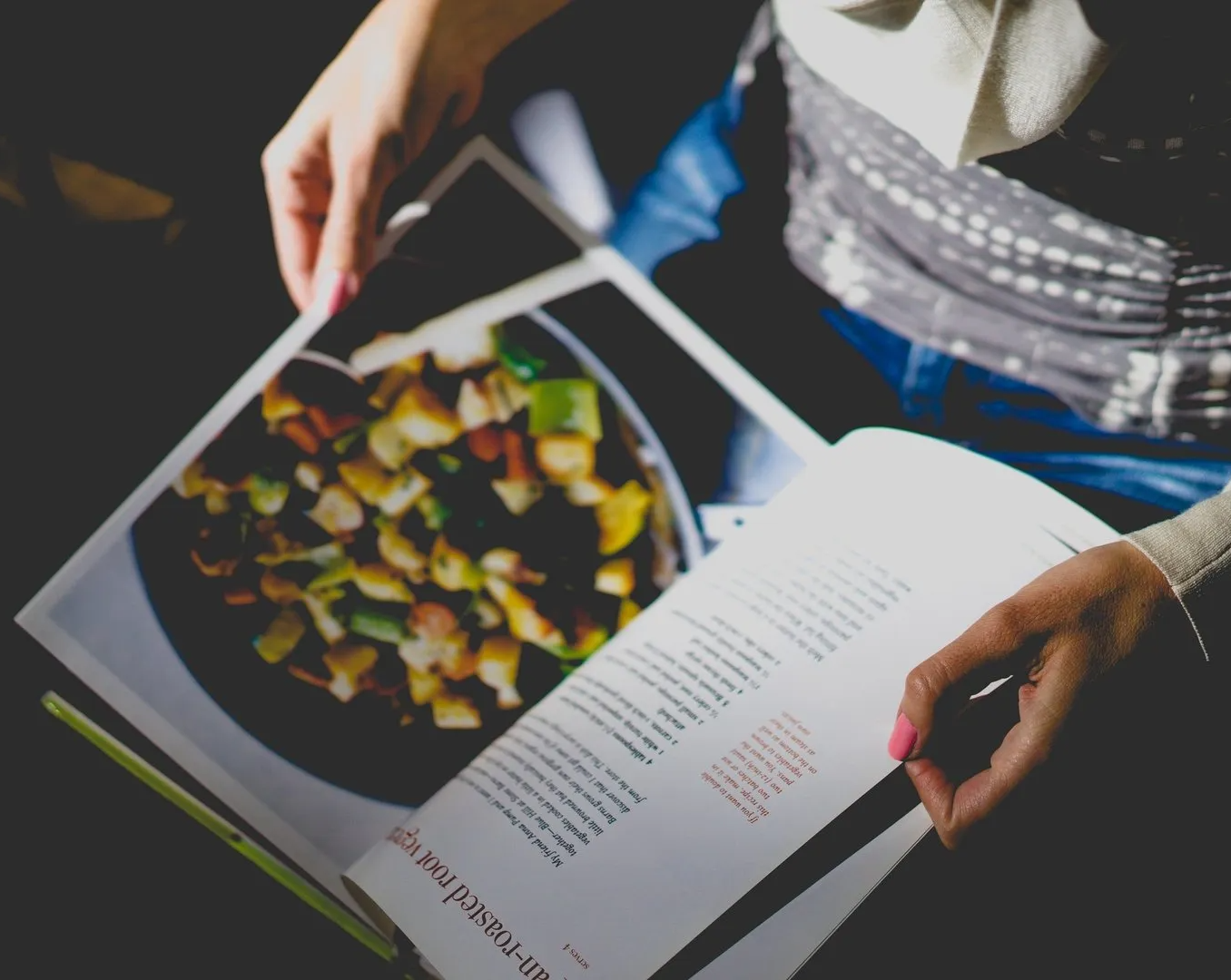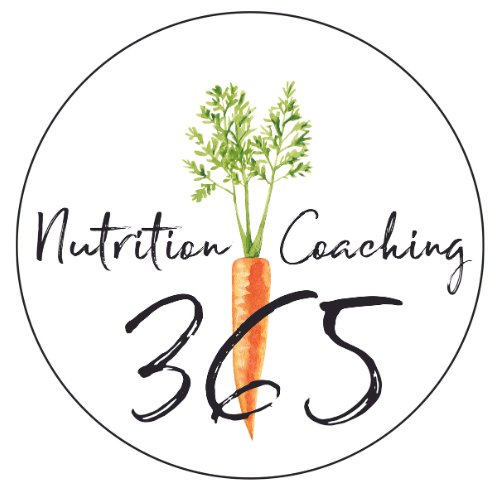My Personal 6-Week Diet Challenge
My Six-Week Diet Down:
Striving for Summer Leanness
As the summer rolls in, I’ve kicked off a six-week diet I’m calling "the season of sacrifice." This isn’t just any diet—it's a dedication to becoming my most confident self. I've managed to keep off over 30 lbs for the last decade, and I’m determined never to slip back. This journey is about challenging myself to see how fit I can really get.
Reflecting on Weight Maintenance
A colleague and friend of mine put it perfectly: "Once you’ve reached your weight loss goal and maintained it over the years, ask yourself if you could be your leanest self with just a little nutrition and fitness tune-up in four weeks."
If the answer is no, it might mean you're not quite where you want to be with your maintenance routine. For me, I was just on the edge of that four-week window, so I chose to extend my effort to six weeks to keep it realistic.
My Routine
I started on April 1, aiming to wrap up by May 25, right on Memorial Weekend and also our 35th wedding anniversary—big cheers to us! I'm planning every last morsel of food in advance. I'm not eating out. I'm not drinking. I'm training my butt off, and walking 10,000+ steps per day.
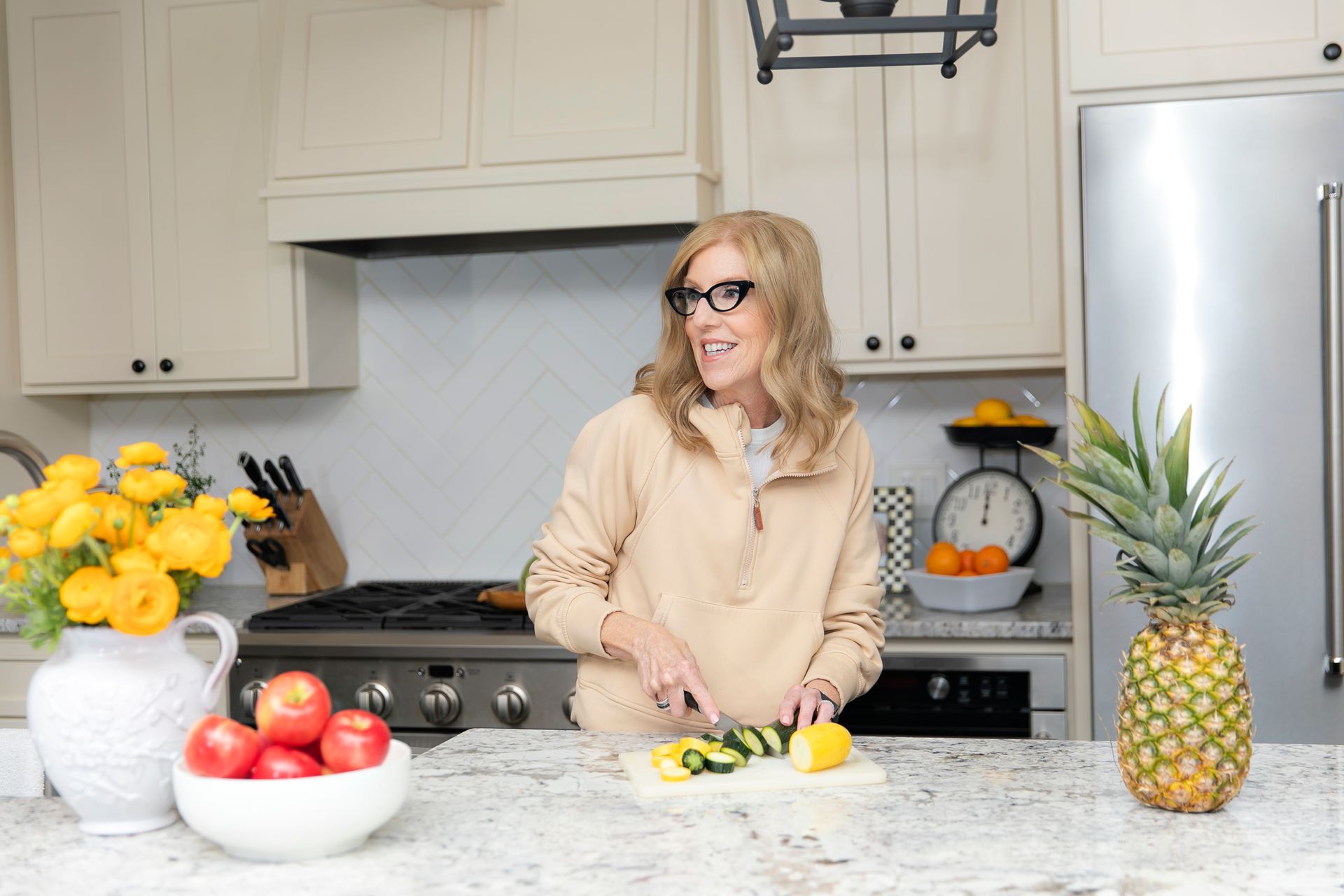
The Scale Doesn’t Budge
Despite sticking religiously to my plan, there was a whole week last month where the scale didn’t show any progress. It was basically the same number every day, which was beyond frustrating. It was a new feeling for me, seeing as I’ve always had a good relationship with the scale. I even started thinking maybe the scale was broken—I was that sure it should have shown a loss of at least 2-3 pounds.
Sticking to the Plan
What I’m most proud of, though, is how I handled it. Not ONCE did I let the numbers dictate my adherence to my plan. No matter what the scale said, I remained 100% consistent with the things I could actually control.
- Morning Plans: Every day began with planning my meals while I walked on the treadmill.
- Accurate Measurements: I used a food scale to ensure precision, no eyeballing. I logged it in a nutrition tracking app.in order to hit my calorie & protein targets, daily.
- Hard Training: I pushed myself nearly to my limit in every workout.
- Consistent Adherence: My meal plans and step count were non-negotiable.
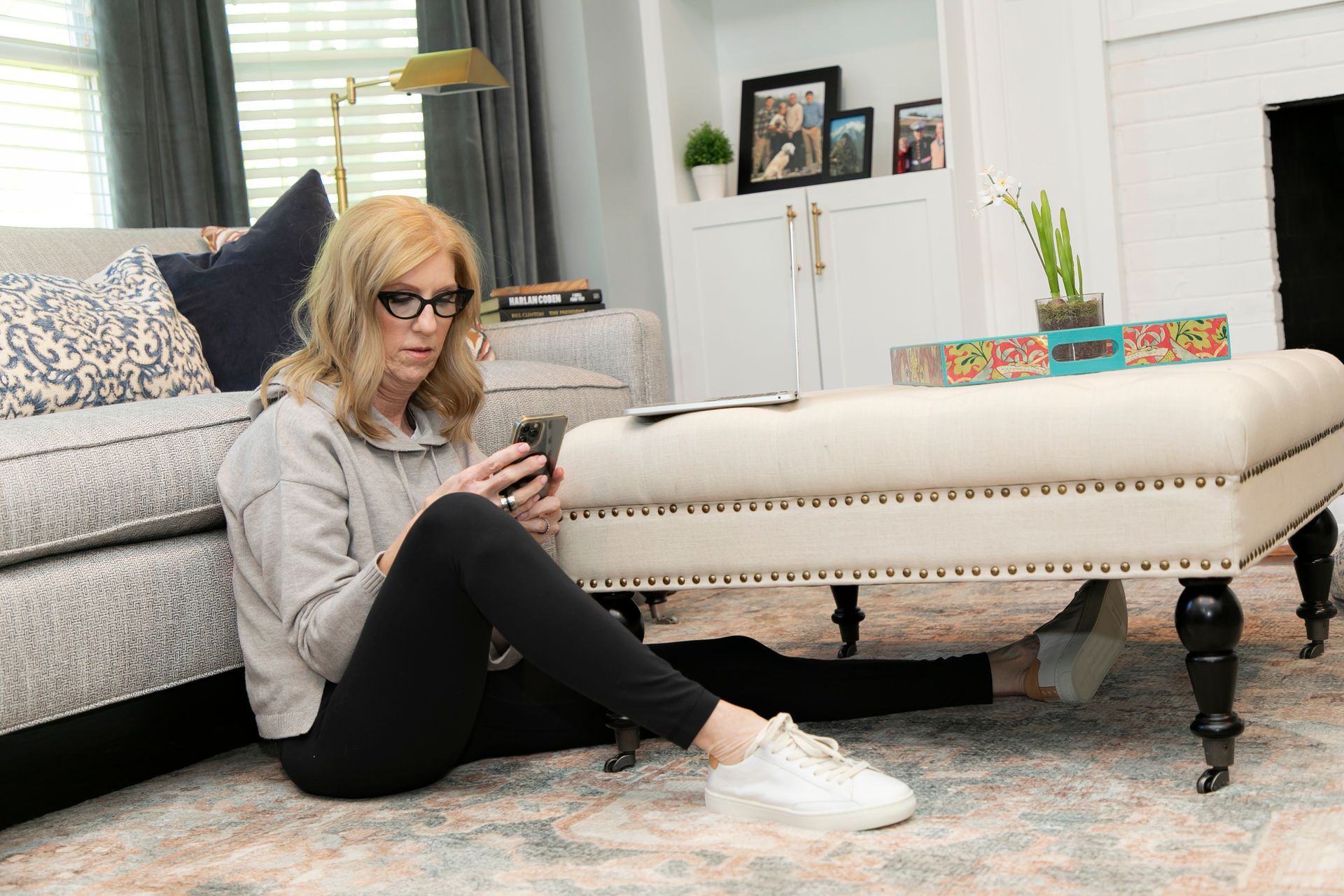
Seeing Real Changes
All this hard work paid off at my next coaching session. After updating my photos, the changes were obvious, compared to just a few weeks earlier. If I had lost my cool over the scale not moving, I wouldn’t have seen such impressive results.
Final Thoughts
This experience reaffirmed a valuable lesson: focus and discipline will eventually lead to results. If you’re aiming to see significant improvements in your fitness and health, I encourage you to embrace a similar mindset. Stick with it, even when progress seems slow, and the results will follow. Keep at it, and you’ll see it happen overtime!
For anyone thinking about starting their own summer diet down journey, remember, it's not about making huge changes overnight but about those small, consistent efforts and keeping your cool through the frustrating times.
If you're finding it tough to stay on track by yourself, why not consider some coaching?
YOU ARE CAPABLE OF LIVING YOUR HEALTHIEST & HAPPIEST LIFE.
If you’re looking to create healthy habits to gain more energy, improve your sleep + shed a few pounds, you’ve landed in the right place.
Recent Posts
Meet Emily
I love encouraging + inspiring others to reach their healthiest lives through food, fitness + gratitude. As a holistic nutritionist + the founder of Thrivyest, I am passionate about creating habits to help you to live longer + thrive. To thrive in body, mind + soul through personalized, simple + practical steps ensuring you gain more energy, clarity + confidence! Let's connect!
